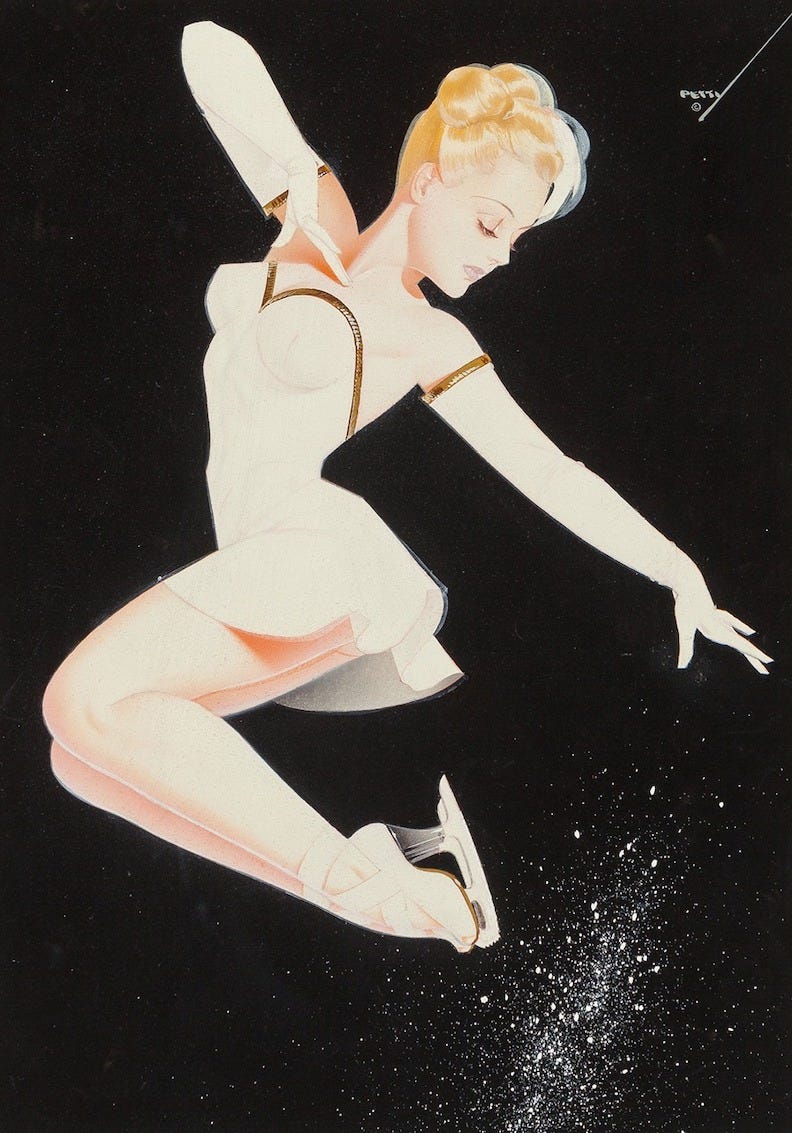What makes the “Wine Leap” possible for an individual?
By “Wine Leap” I mean the decision to move from spending $10-$13 on a bottle of wine to spending $30-$35 on a bottle of wine. It’s an important question insofar as it is the likely move a person makes from being a casual wine drinker to a serious, more committed wine drinker. This latter person is the one the premium end of the market must attract to grow. Moreover, the number of wineries that fall into the category of making $33 bottles of wine is far greater than those making $13 bottles of wine.
I think experience shows us that we can identify the conditions that must be in place for a person to make this leap, as well as whether or not the wine industry is in control of these conditions.
1. The extra $20 represented by the leap must not be necessary for the wine drinker to pay for necessities.
This really goes without saying but it also assumes we are dealing with a rational person and not an irresponsible spendthrift. If that $20 is allocated for insurance or school clothing or food or medicine, the leap isn’t going to be made
OUT OF CONTROL OF THE WINE INDUSTRY
2. The person making the leap must find value in the wine that cost $20 more.
This is the tricky one because if this depends on the wine tasting $20 better it seems likely to me the Leaper is going to be disappointed. The $33 wine is likely to be dryer and possess more tannin. The vast majority of $13 wine drinkers will be tasting something they are unaccustomed to and likely more likely than not to be disappointing. But there are more ways to assess value than the hedonic.




